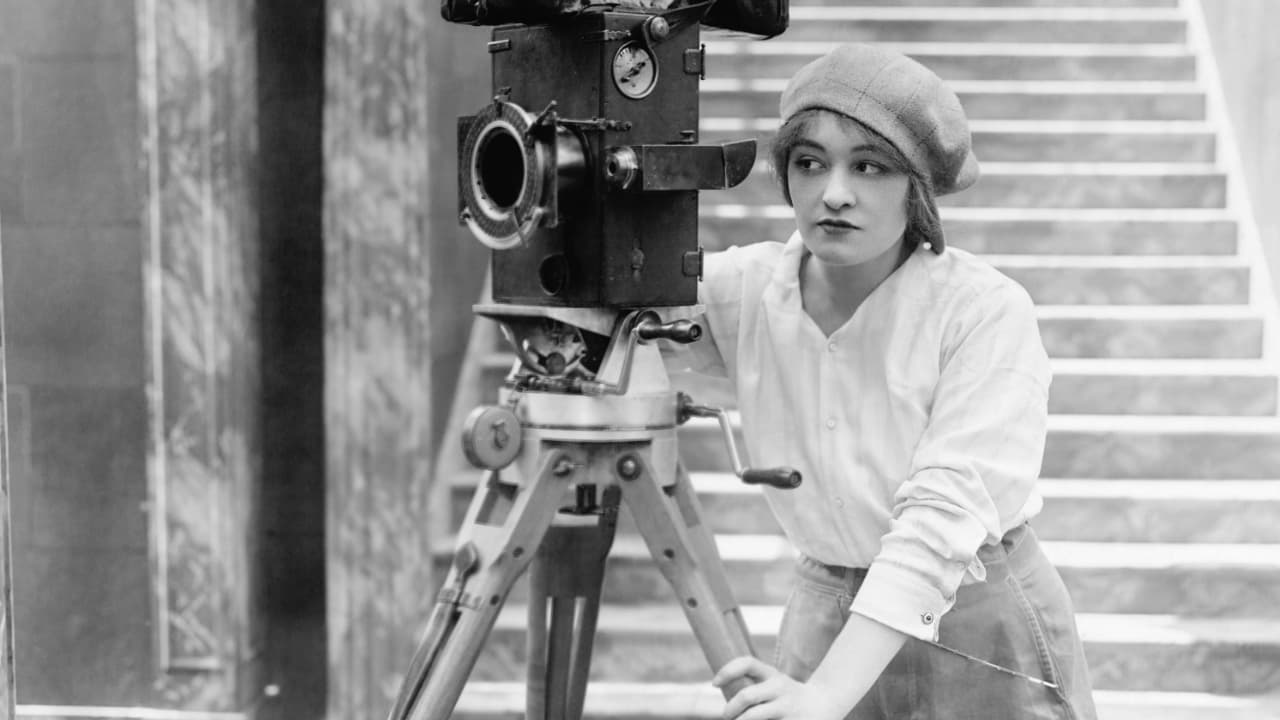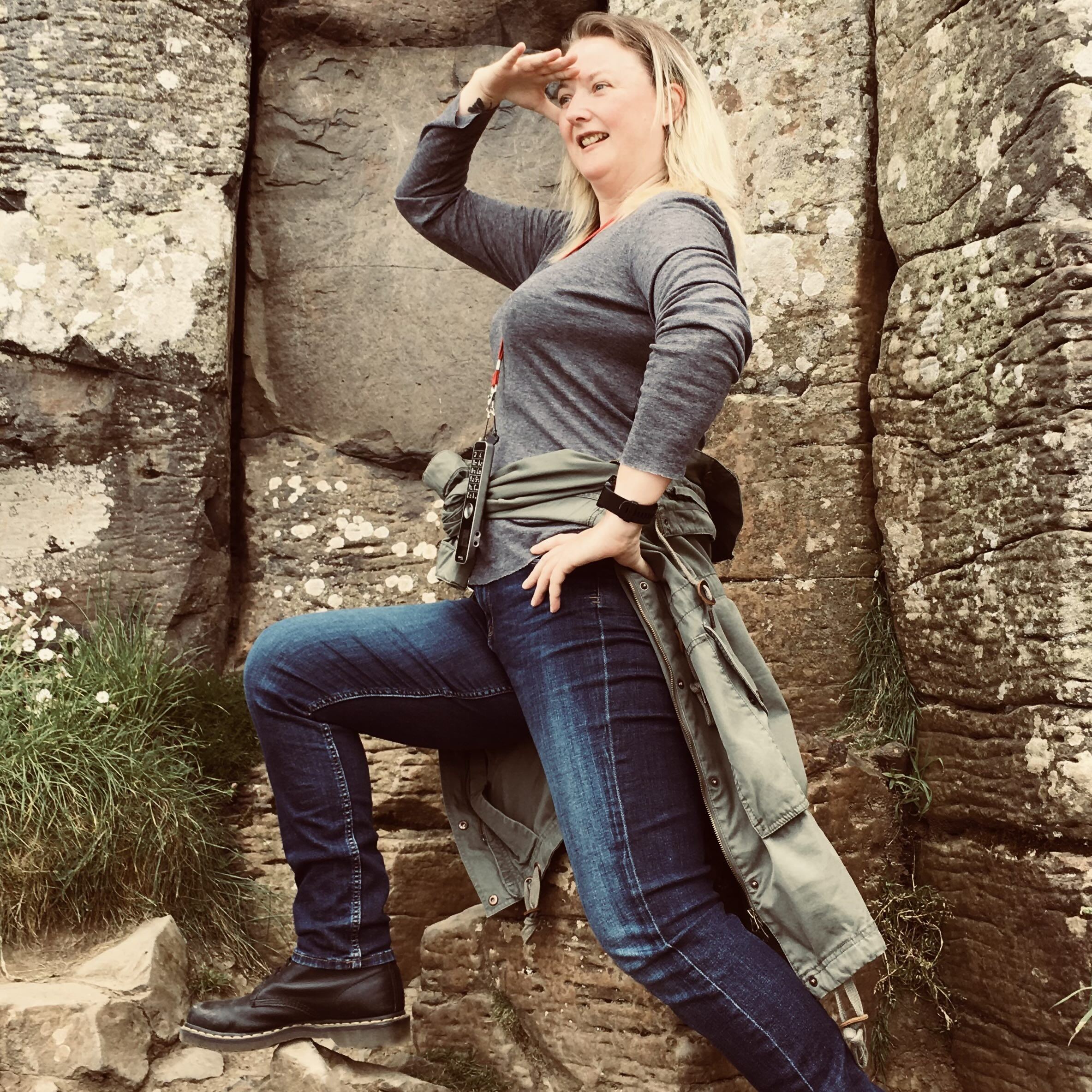
It was International Women’s Day on Saturday March 8, the latest in a long line of events calling for equality that stretches all the way back to 1911. This year’s theme is #AccelerateAction and it’s needed more than ever.
The World Economic Forum measures gender parity across four key dimensions: Economic Participation and Opportunity, Educational Attainment, Health and Survival, and Political Empowerment. As of 2024, the global average currently stood at 68.5% and hasn’t moved much in a couple of years now, with Covid in particular derailing momentum.
When the figure reaches 100% there will be equality. The sad fact is that, at the current rate of progress, the WEF reckons that that won’t happen for 134 years.
Let that sink in. Women won’t be truly equal around the world until 2158.
Some countries are doing better than others. Iceland leads the way at 93.5% parity, with (in order) Finland, Norway, New Zealand, Sweden, Nicaragua, Germany, Namibia and Ireland all having closed at least 80% of their gap. Some countries you would expect to be there, some are surprises. Either way, the UK (79%) and US (75% and 43rd on the list) need to improve.
Women in film and TV
But what about our industry? There is a lot of data about this as you would expect, and there are many organisations doing some excellent work in the field, such as Rise in the UK and ReFrame in the US, set up by the Sundance Institute and Women in Film Los Angeles. The ReFrame Stamp is probably the most high profile work of the latter, and is awarded annually to narrative Feature Films and Television that hire women, those who are non-binary and/or gender non-conforming, and trans people of all genders in key roles across the production.
It's a useful metric to measure progress by and the worrying trend is currently downwards; even more worrying when you realise that the latest reports came out in 2024 before the current crusade against DEI currently underway in the US.
The full TV report is available here, but this is the exec summary that gives you the headlines.
- Fewer Stamped series: The 2023-24 season saw a significant drop in gender-balanced series, down 8.5% from the prior two seasons and 20% from the all-time high in 2020-21. 77 of the 200 most popular scripted series of the 2023-24 season gained the Stamp
- Decline in distributor DE&I: With the exception of Amazon MGM Studios, every major distributor reflects a lower percentage of gender-balanced series than in 2020-21 (the first year ReFrame Stamp data was collected).
- Key role rollbacks: There is widespread rollback in gender equity across major production roles. Compared with last year’s report, parity among writers has dropped from 57% to 49%, and among lead cast from 54% to 41%. If this pace of reduction continues, all the progress made in diversifying the talent shaping media in the US will be erased in two years.
- Showrunners drive equity: All 13 series in the top 200 showrun by women of color obtained the ReFrame Stamp, and nearly 60% of Stamped series are showrun by women — an overwhelming correlation between showrunner identity and overall equity.
Meanwhile, when it comes to the film industry, 29% of the IMDbPro Top 100 films of 2023 earned the Stamp, which remains in line with year-over-year findings since ReFrame began analyzing this list in 2020. “Despite some incremental increases and decreases of women and other qualifying candidates being hired in certain roles, there has been no notable increase in the number of films that meet the criteria for the Stamp,” the organisation writes.
Data for 2024 is not yet available, perhaps as a consequence of the Stamp being widened out last year to encompass features in Canada, the UK, Ireland, India, and Australia. Director of international programmes for WIF LA, and former director of ReFrame, Andria Wilson Mirza, said: “Our industry is global, and our fight for fair and equitable representation for women, trans and nonbinary industry professionals is global too.”
As for the Oscars, as womeninfilmla wrote on Instagram. “In a year full of profound, showstopping work from women, nonbinary and trans filmmakers, Academy Awards nominations are still lacking – out of 60 individual non-acting nominees, 38% are women and 0% are gender-diverse. Major categories like Best Cinematography continue to see no women nominated at all.”
The list is a stark one. There were no winners.
It really is way beyond time some of this changed. And, as women everywhere will tell you, another 134 days of inequality is too long, never mind 134 years. Now is the time to #AccelerateAction.
tl;dr
- The global average gender parity, measured by the World Economic Forum, stands at 68.5% as of 2024, with an estimated 134 years needed to achieve full equality, pushing the timeline to 2158.
- The 2023-24 TV season saw a significant decline in gender-balanced series, dropping 8.5% from previous seasons and 20% from the peak in 2020-21, with only 77 of the 200 most popular scripted series receiving the ReFrame Stamp.
- Gender equity in key production roles has regressed, with parity among writers decreasing from 57% to 49% and among lead cast from 54% to 41%, threatening to erase progress in diversifying media talent within two years.
- In the film industry, 29% of the IMDbPro Top 100 films of 2023 earned the ReFrame Stamp, reflecting minimal change in hiring practices, while notable categories at the Oscars continue to overlook women's contributions, with no gender-diverse nominees in major categories.
Tags: Production


Comments